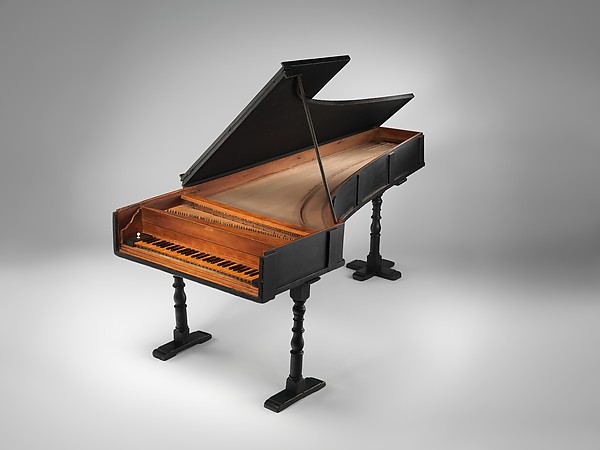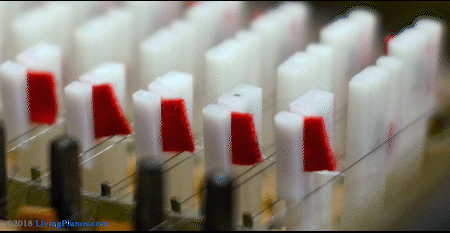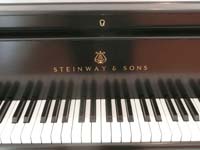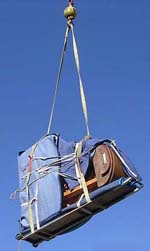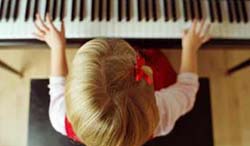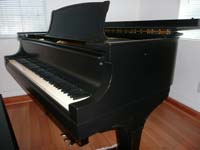Today we are going to discuss what and when was the Golden Era of pianos. You may have heard this term before and it may not be a precise time, but most people agree it was before World War II and even before the Great Depression. By the late 1920s, piano sales in the United States suddenly dropped by 80-90%.
Advent of the Player Piano
You have to go back a bit to gain perspective. The piano developed hundreds of years ago. But the player piano came about in the early 20th century. (It even had its foray in the late 19th century!) They became as common in American homes as televisions did later on. Before the phonograph or radio, the piano was the primary way you could have music in your home. Many people played the piano as a means of entertainment because there was nothing else available. The player piano changed this because it allowed people who didn’t play, to have music in their homes. If you’ve ever looked at player piano rolls, they sometimes have the words of the songs on the side of the roll so you could sing along with the music. Some more sophisticated player pianos had levers that would allow you to transpose the key. You could also adjust the tempo and volume of the instrument. There were even buttons that could adjust the dynamic range of the bass and treble sections of the piano making for an interactive playing experience.
The Expressive Player Piano
The intent of the reproducing piano was to play back an almost exact replica of a performance by a particular pianist from the classics played by Rubinstein and Horowitz, to composers such as Gershwin and Rachmaninoff. These pianos were very sophisticated for their time and still are today. They didn’t just play mechanically like standard player pianos, but would reproduce the dynamic expression of the pianos through the player system. There were people who learned to play the piano by watching the keys move; so you can get a grasp as to why they were so popular.
The Demise of the Piano Industry in the United States
You may have guessed already what killed the piano and player piano industry. Technologies were a big part of it because when radio came in, it was much less expensive than acquiring a piano and took up less room. The great depression finally hit and the U.S. went from hundreds of companies making pianos, to a small handful with many piano companies filing for bankruptcy. There were large corporations like Aeolian that bought many of the troubled piano companies. But it was never the same after that and the piano industry has never recovered to what it was in the Golden Era of pianos.
This is Robert Estrin at LivingPianos.com Your Online Piano Store! 949-244-3729 Info@LivingPianos.com









